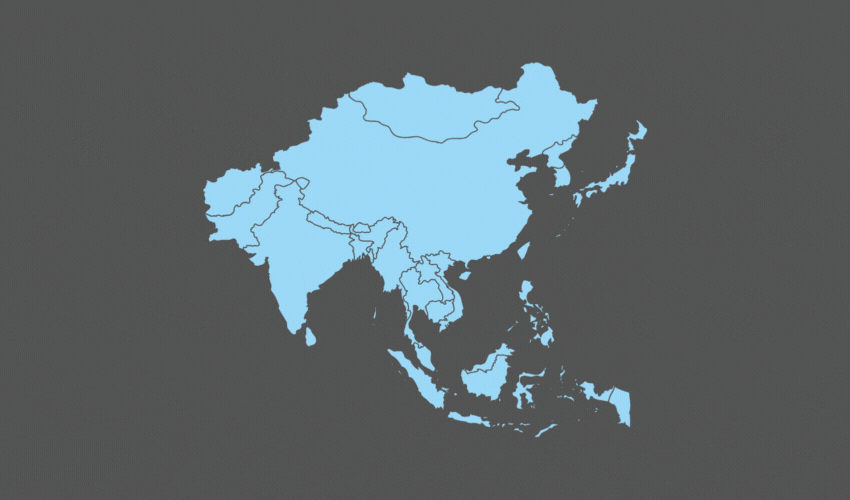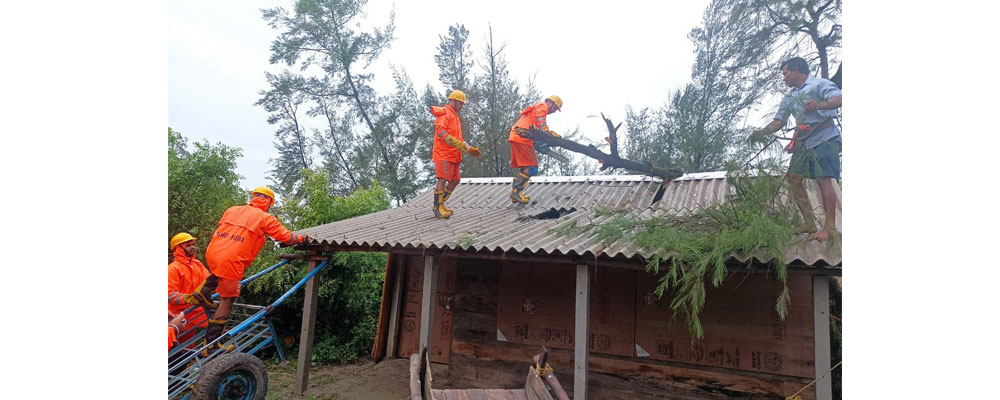South Asia Leads Global Growth, But Challenges Persist, Says World Bank

Dhaka — South Asia is poised to outpace all other global regions in economic growth this year, with the World Bank forecasting a robust growth rate of 5.8 percent. This optimistic projection comes amid contrasting gloomy outlooks for China and East Asia, where growth rates are expected to be some of the slowest in five decades.
Key Factors Driving South Asia’s Growth
Franziska Ohnsorge, the World Bank’s chief economist for South Asia, points to several factors underpinning the region’s impressive growth prospects:
- Demographic Dividend: South Asia boasts a youthful and expanding workforce, a demographic advantage that contributes to economic growth.
- Catch-Up Potential: The region has ample room for economic catch-up, enabling it to grow at a faster pace.
However, Ohnsorge issues a cautionary note, stating that the growth in South Asia, while strong, may not be sufficient to meet governments’ ambitious targets of achieving high-income status within a generation. Currently, per capita income in South Asian countries averages around $2,000, only 1/12th of high-income nations. To reach high-income status, South Asian nations would need to maintain average annual growth rates of at least 8 percent over several decades.
Challenges on the Horizon
Ohnsorge highlights several challenges that South Asia must address:
- Private Investment: South Asian countries must do more to stimulate private investment and generate employment opportunities for their growing populations.
- Vulnerabilities: The region faces vulnerabilities such as climate change, weaker global demand, and high levels of debt.
Despite these challenges, Ohnsorge remains optimistic about South Asia’s potential for growth. The region possesses competitive advantages, including its youthful workforce, expanding middle class, and strategic geographic location.
“If South Asian countries can continue to implement reforms and attract investment, they can achieve their development goals,” she asserts.
This optimistic outlook serves as a reminder of South Asia’s economic potential and the importance of proactive measures to harness it. While hurdles exist, the region’s young population and favorable demographics present opportunities for sustainable growth and development.


















Facebook Comments